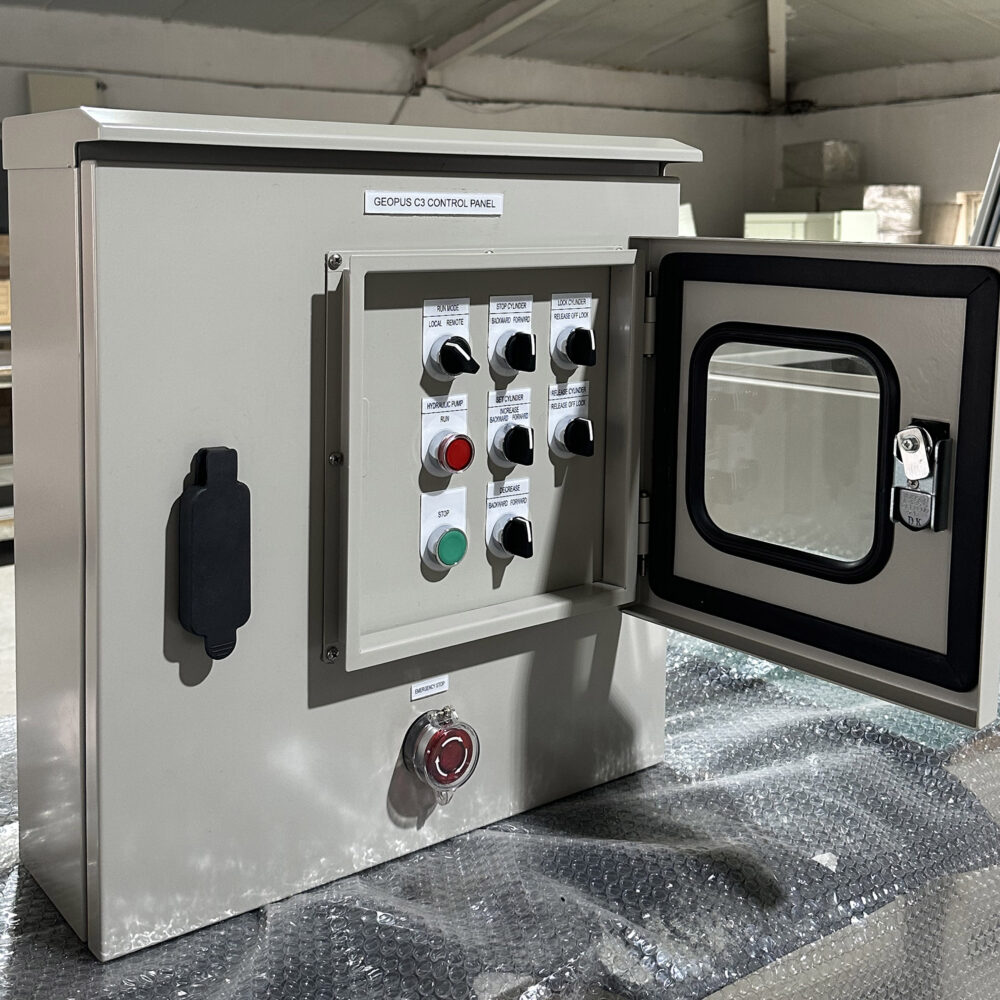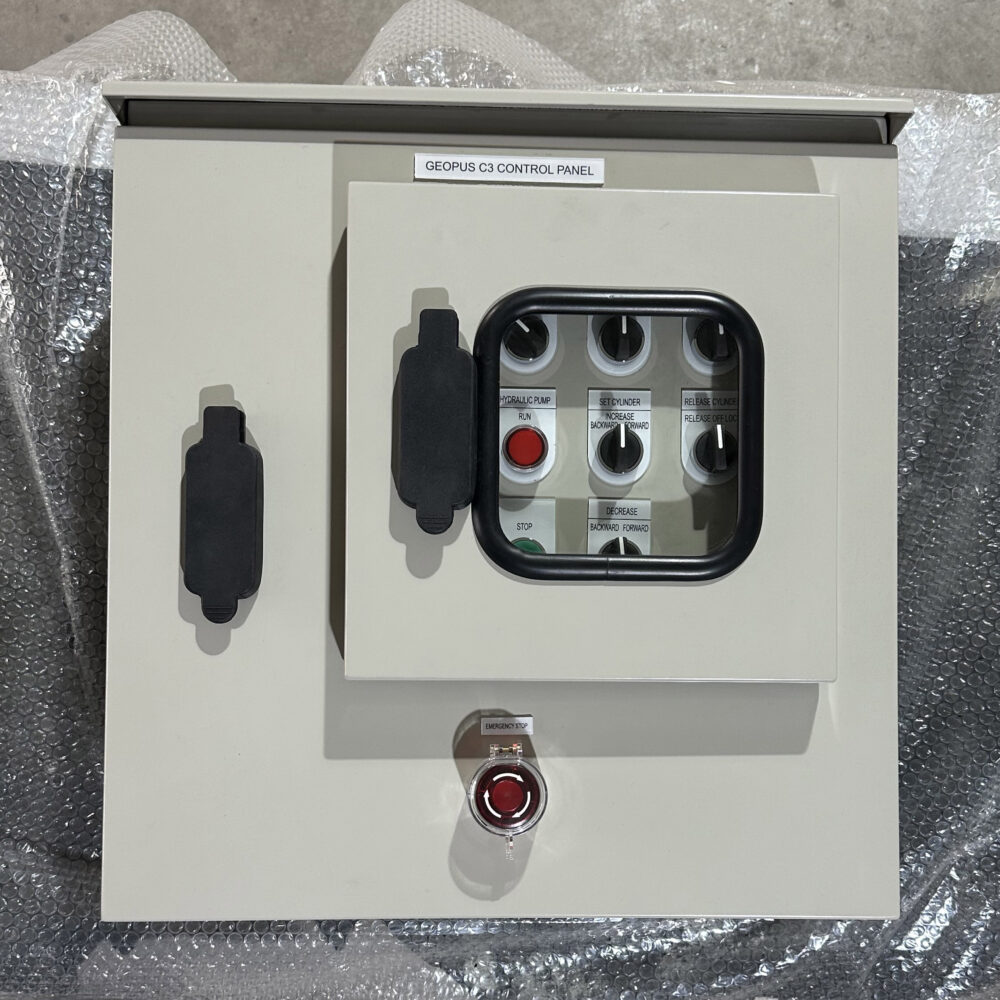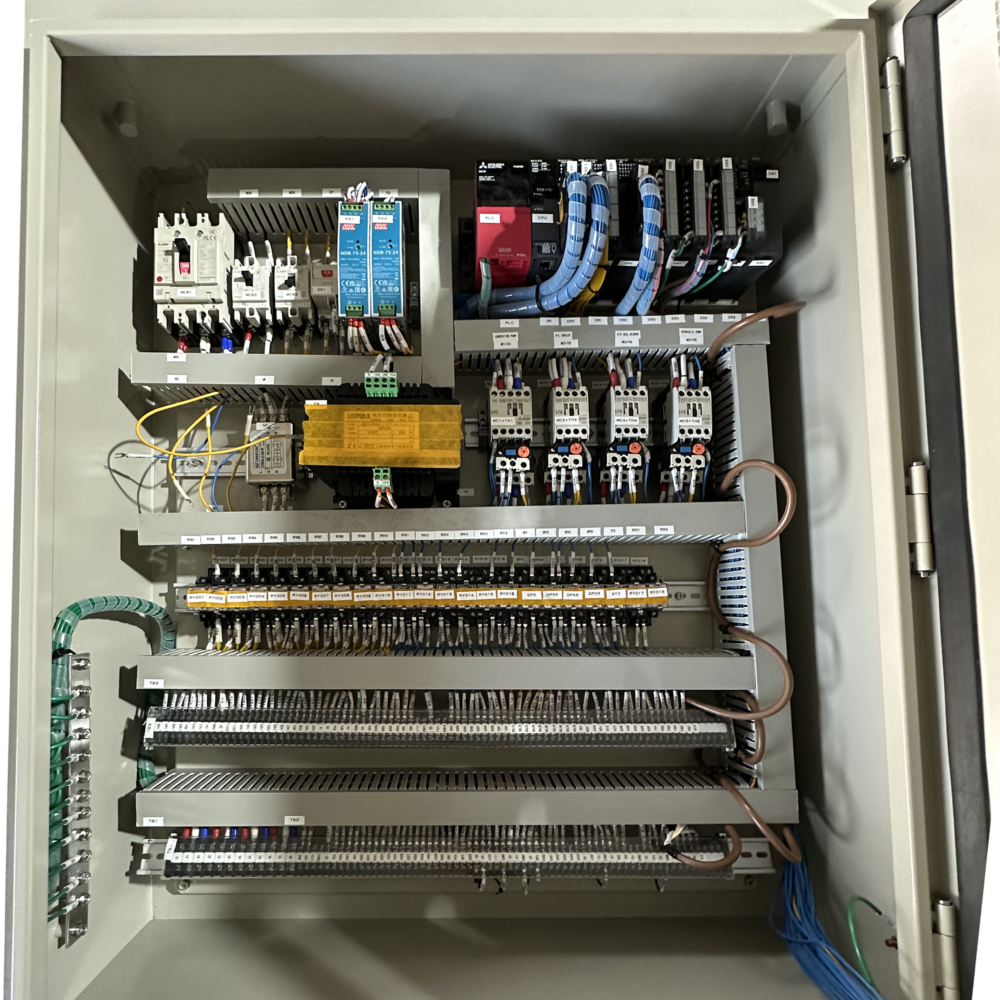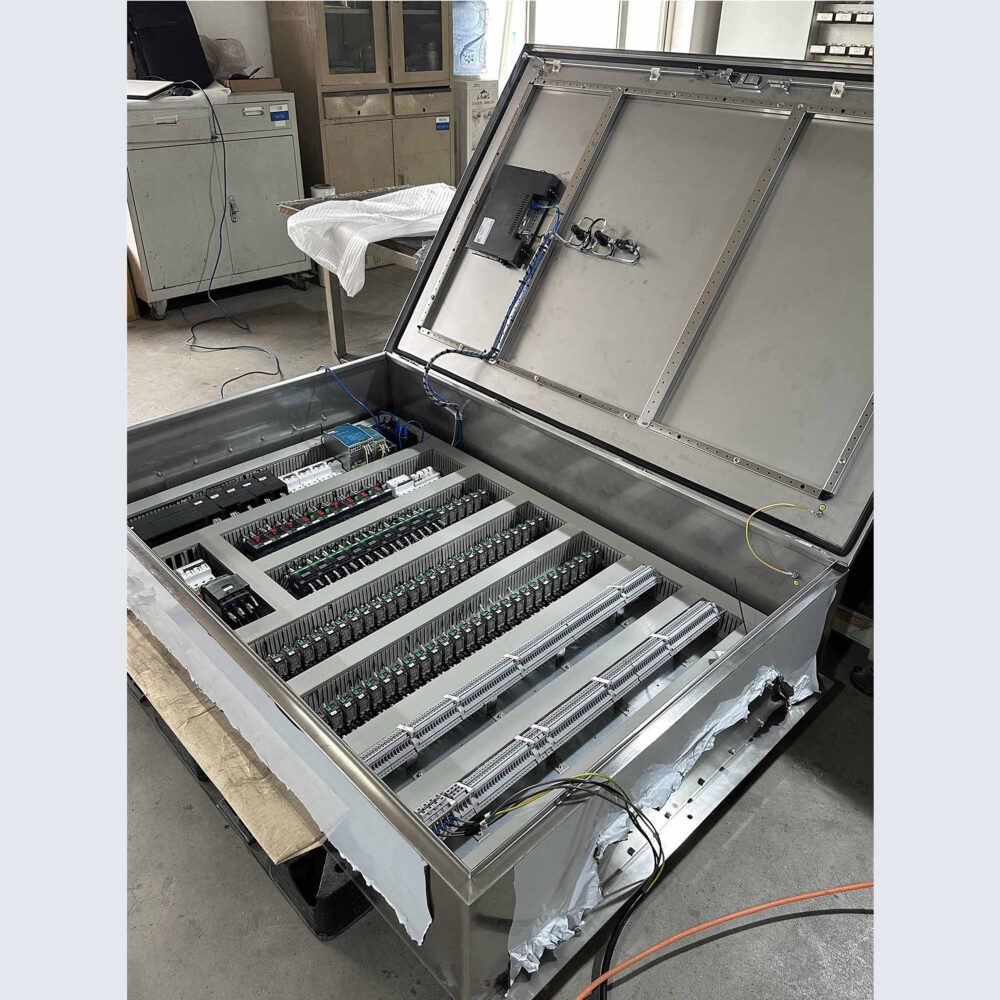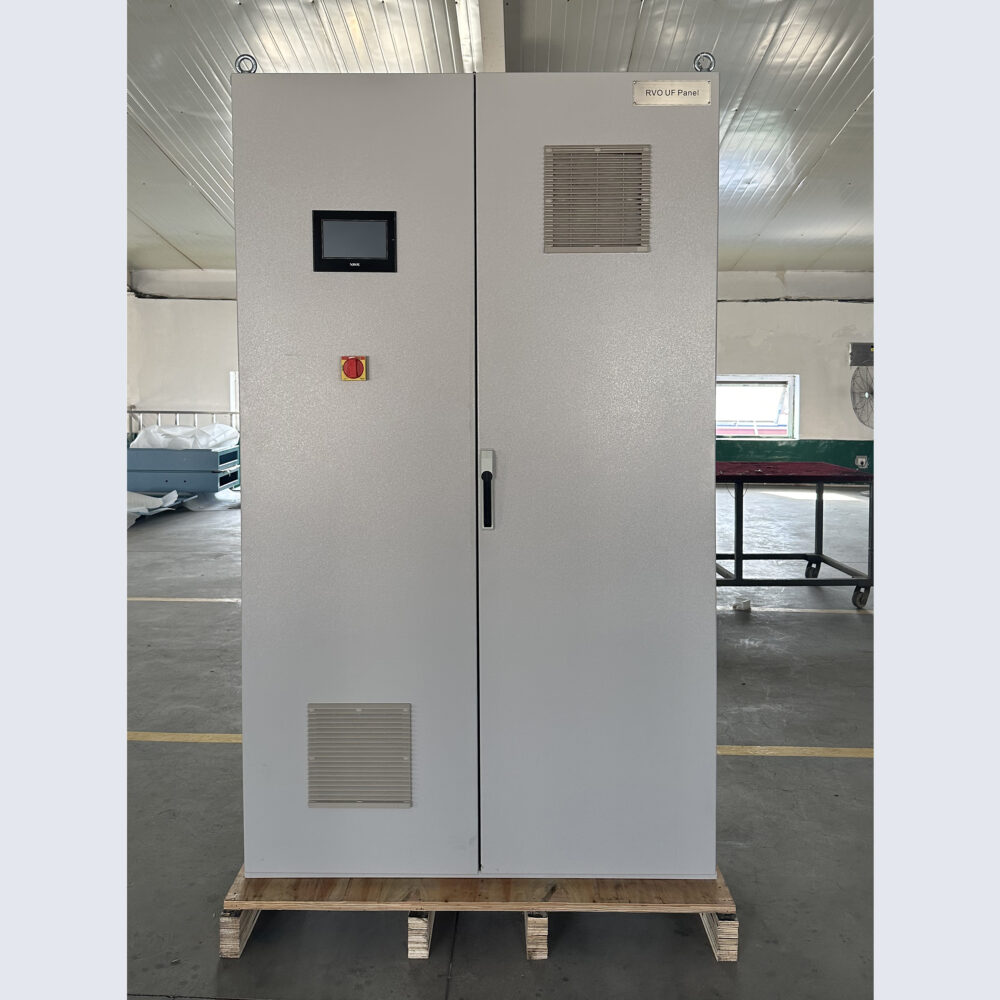Table of Contents
Recent Posts
- A Comprehensive Guide to PLC Cabinets
- Why Stainless Steel Enclosures Are Perfect for the Industrial Field
- Hard Anodizing of Aluminum Alloy
- Electrochemical Polishing of Stainless Steel Complete Guide
- Corrosion Protection for Metal Enclosure in Marine Environments
- Solutions for Poor Adhesion of Coating
What is Design for Manufacturing
- Betty
The core concept of Design for Manufacturer (DFM) is to fully consider the feasibility of manufacturing processes in the early stages of product design. It is a method in product design that places emphasis on ensuring that products can be manufactured in an efficient, economical manner and in line with the required quality standards.
By doing so, it reduces the need for later modifications, avoids production bottlenecks, and enhances the product’s core competitiveness in the market.
Core principles of Design for Manufacturing (DFM)
Simplify the Design
For example, instead of using multiple small components that require assembly, it is better to design an injection-molded part. This simplifies the manufacturing process, reduces the assembly time, and minimizes the possibility of errors occurring during the assembly process.
Minimize complex geometries. Designs that use simple shapes such as cylinders, cubes, and flat surfaces are easier to manufacture.
Materials
Select materials that are easily accessible and suitable for the intended manufacturing process. Avoid using specially customized materials, as they will increase costs.
For example, if you need sheet metal customization and processing services, you can choose cold-rolled steel sheets. They are easily obtainable in the steel market, have sufficient stock, and are highly suitable for processes such as laser cutting, bending, and welding in sheet metal processing.
Design for Manufacturability
When designing, it is essential to fully consider the specific manufacturing process. If the product is to be manufactured through sheet metal processing, factors such as the bending radius, minimum wall thickness, and the feasibility of operations like punching and cutting need to be taken into account in advance.
Assembly Friendliness
You can design components that are easy to assemble. For metal cabinet products like electrical enclosures and electrical control cabinets, you can use snaps for connection. In this way, you don’t need additional fasteners. Using snap connections can make each part of the enclosure tightly connected, and also avoid leaving too many screw holes on the enclosure surface, which would affect the overall aesthetics of the product. Moreover, this snap connection allows for rapid assembly, reducing assembly time and labor costs.
Standardization and Modularization
Using Common Parts:
During the product design process, we should select common parts as much as possible. For example, opt for standard-sized screws, nuts, washers, and the like. Generally speaking, standard parts are widely used in the market and have mature production processes and quality standards. In various aspects, they can reduce costs and difficulties.
Modular Design:
Modularization involves dividing a product into multiple independent functional modules. Each module can be designed, manufactured, and tested independently, without interfering with one another. Moreover, they can be flexibly configured and combined, which is highly conducive to improving production efficiency.
Benefits of Design for Manufacturing
- Reduce costs
- Improve production efficiency
- Enhance product quality
- Shorten the product development cycle
- Strengthen product manufacturability
- Improve product maintainability and scalability
FAQ about Design for Manufacturing
F: What does DFM stand for?
Q: DFM is the abbreviation of Design for Manufacturing, that is, Design for Manufacturing. It is a design concept and method that fully considers manufacturing-related factors such as product manufacturing processes, costs, and efficiency during the product design stage.
F: Is DFM analysis expensive?
Q: The cost of DFM analysis will vary depending on the complexity of the specific project.
F: How does DFM reduce manufacturing costs?
Q: DFM reduces raw material and labor costs at the source and improves production efficiency by optimizing product designs, selecting materials and processes that are easy to process, and other work.
F: What are the DFM tools?
Q: Common DFM tools include:
CAD Software, such as AutoCAD, SolidWorks, etc., which can be used for 3D modeling and design analysis of products;
CAE Software, such as ANSYS, ABAQUS, etc., which can conduct simulation analysis to evaluate the performance and manufacturability of products;
Specialized DFM Software, such as DFMA (Design for Manufacture and Assembly) software.
Conclusion
Yinlu has accumulated over four decades of rich experience in design, development, and manufacturing. This experience has equipped us with professional skills, enabling us to consistently provide solutions that are not only innovative and unique but also cost-effective and aesthetically pleasing.
Whether you are planning to launch a new project or looking to improve an existing one, we are capable of meeting your needs.
